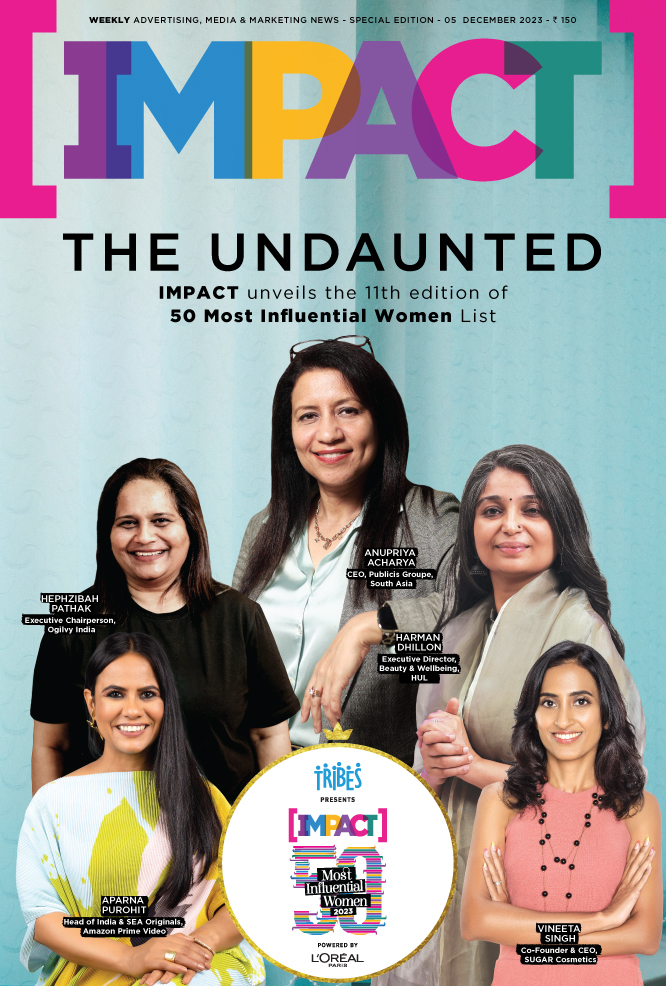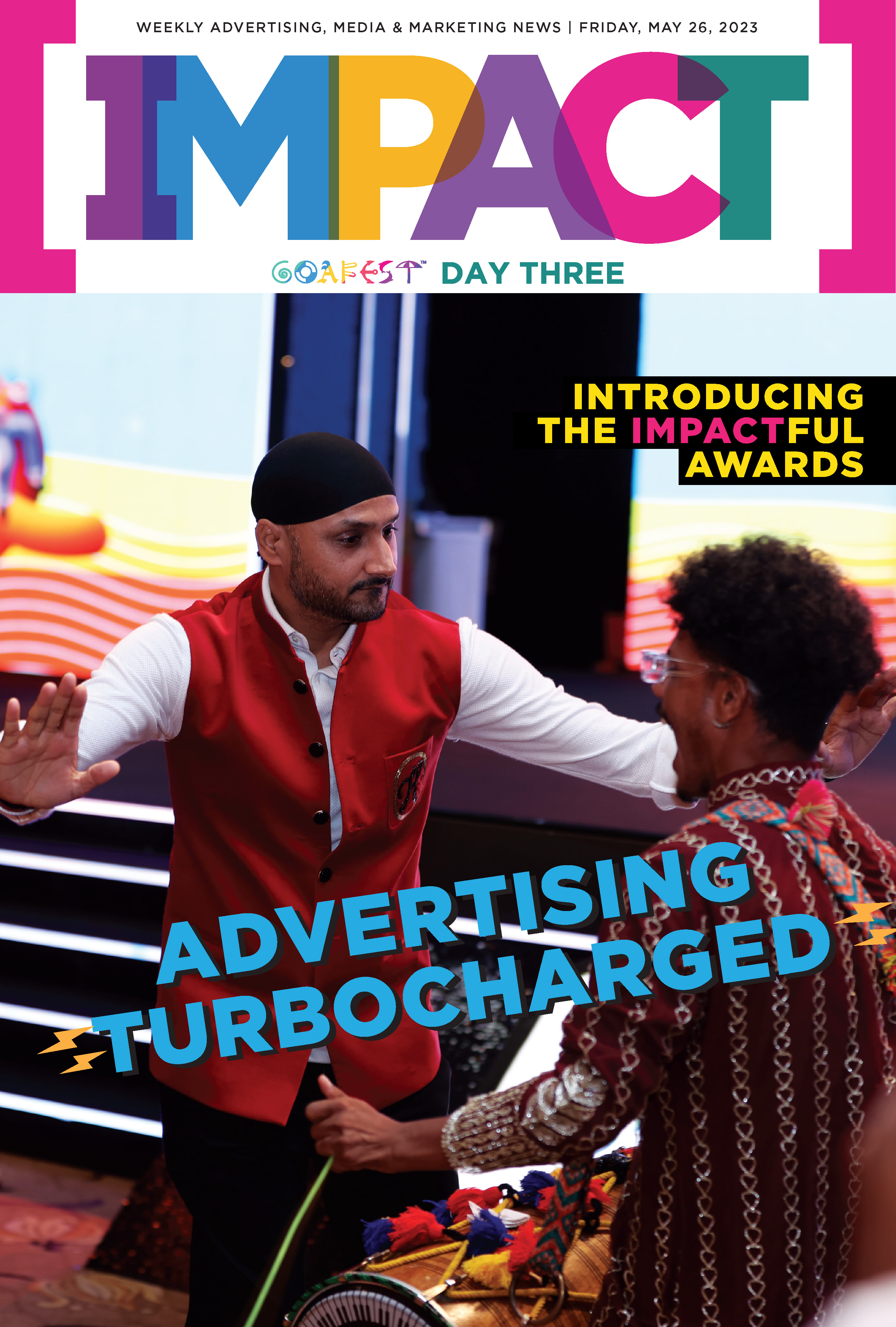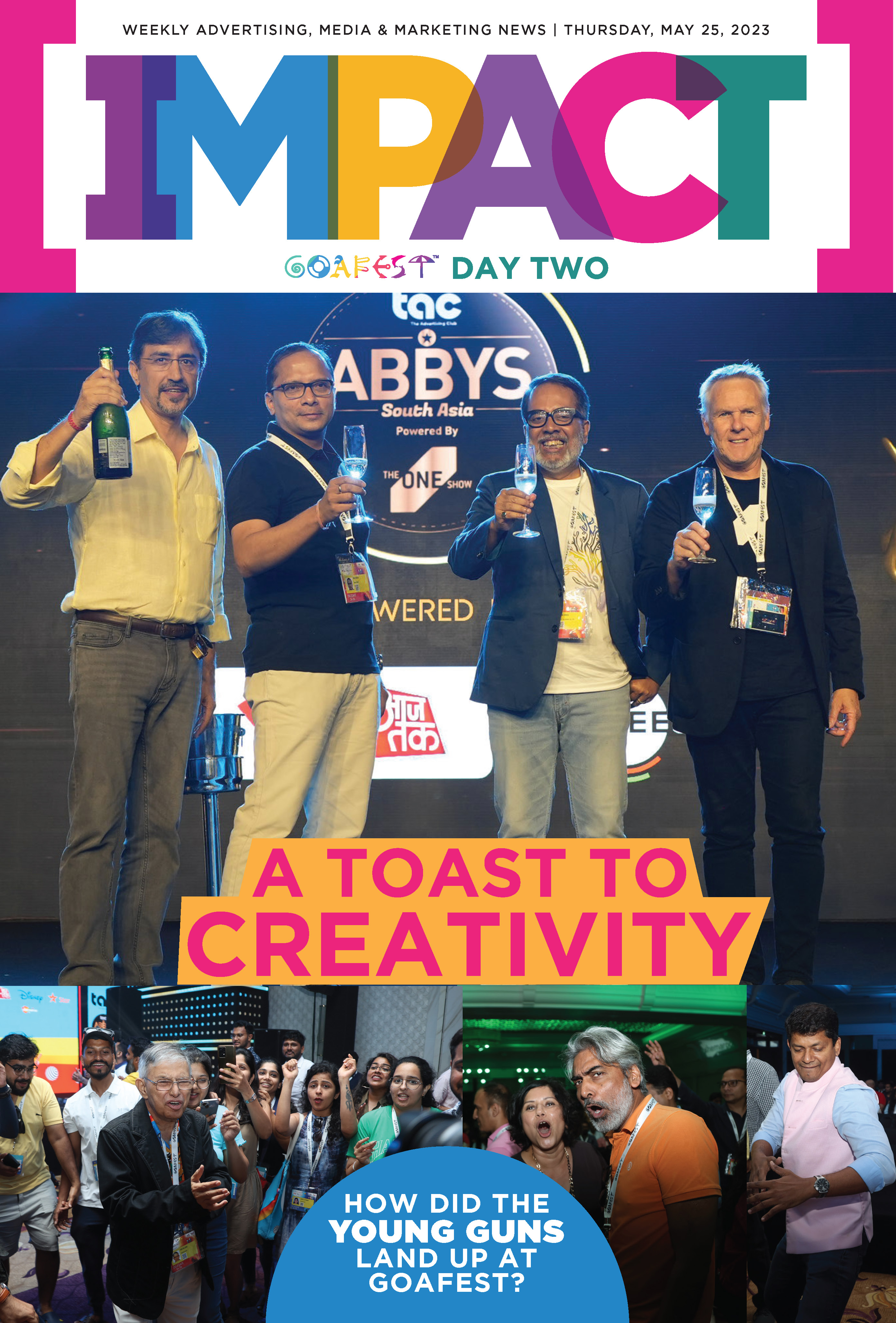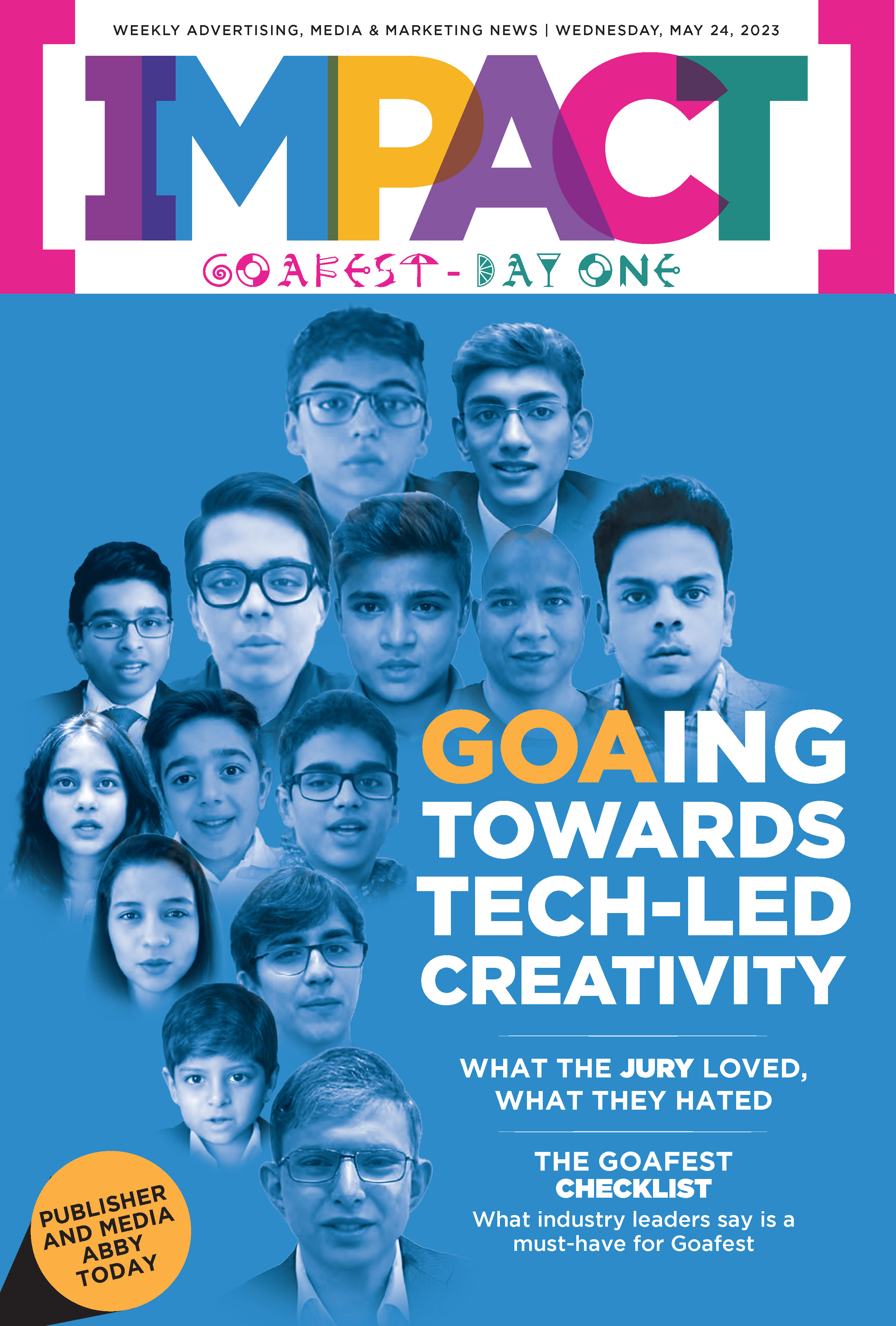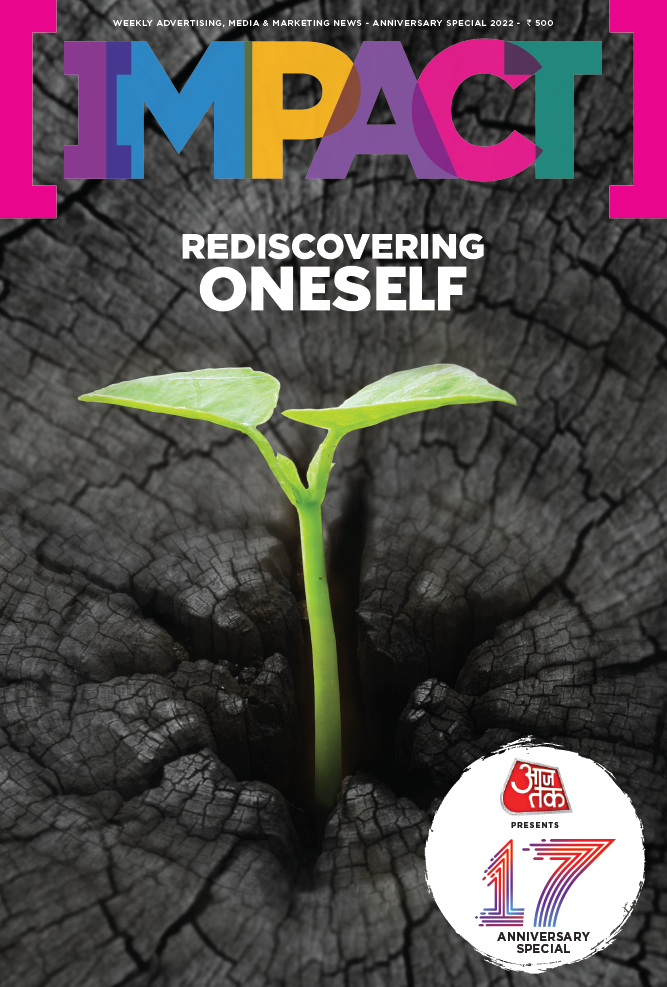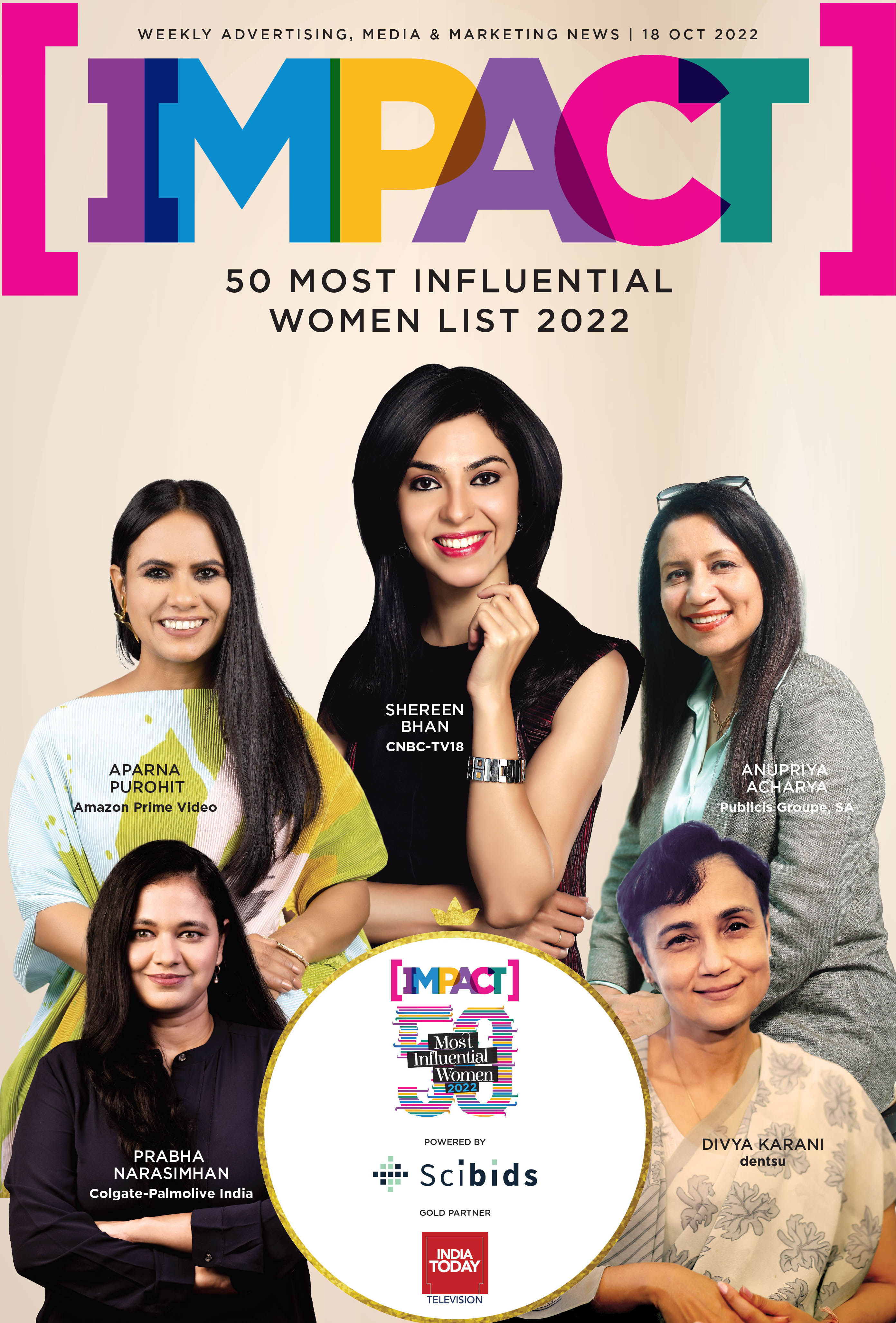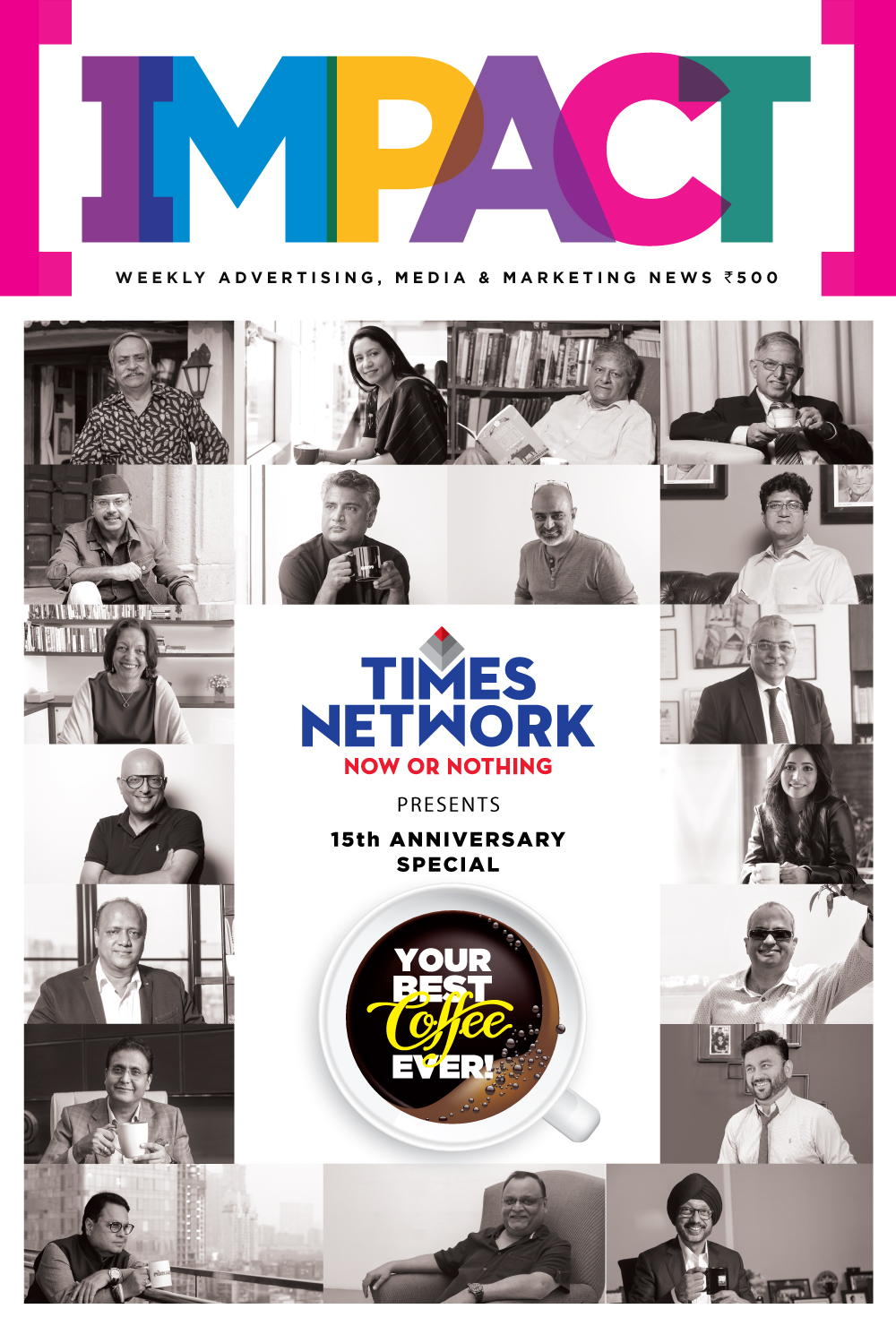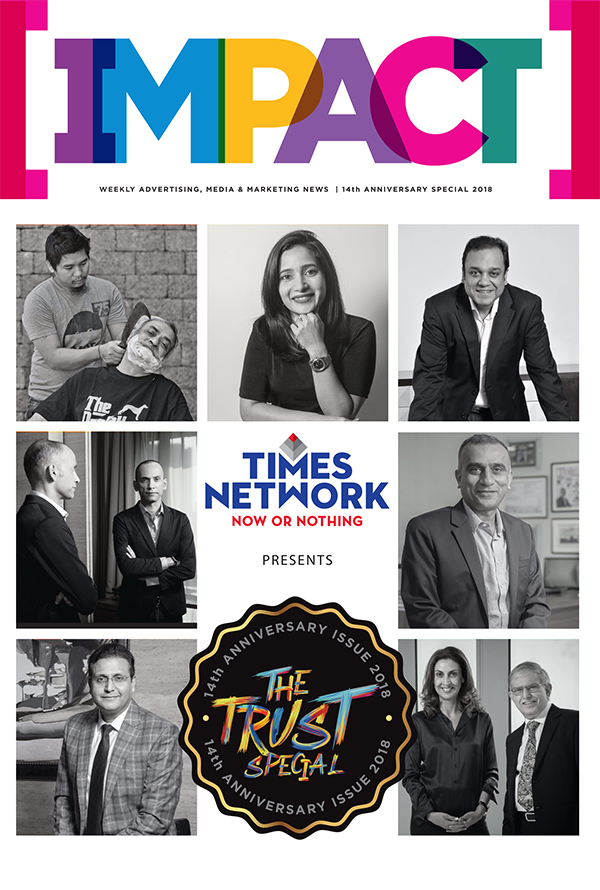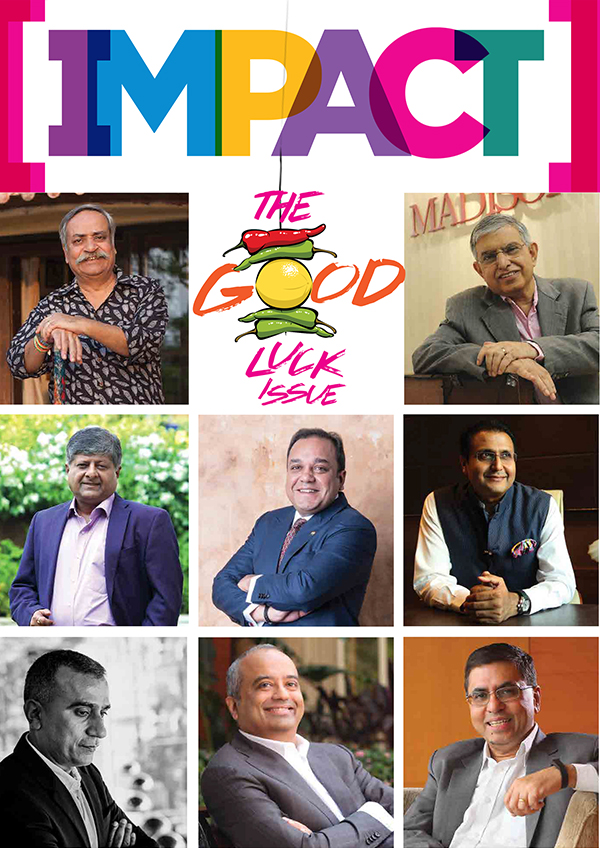Speaking about the top trends of 2024, Anand Chakravarthy Chief Growth Officer, Omnicom Media Group India, said, "The four key trends I believe are shaping the media and marketing landscape in 2024 are AI /Gen AI, and its impact on the industry, the rise of Q-Commerce, the continued evolution of the influencer economy and the resurgence of LIVE entertainment.
AI, particularly generative AI, has had a significant impact and we've seen its rapid evolution over the past two years. While there's still a lot of hype, we're beginning to see real tools and platforms emerge that are adding substantial value to agencies, marketing teams, and clients. Whether it’s in data analysis, creative development, or streamlining operations, AI is making a significant difference. We’ve only scratched the surface, and it’s clear that AI was one of the most talked-about topics in media in 2024 and will continue to be so in 2025.
The second major trend was the growth of Q-Commerce. Initially focused on FMCG products, it has now expanded into categories like electronics, essentially creating a mini e-commerce platform. With millions of customers in the top metros gravitating towards Q-Commerce, it’s become a huge opportunity for advertising and media. In 2024, we’ve seen this segment grow significantly and I expect this trend to continue into 2025.
The third area that has seen massive growth is the influencer economy. We've witnessed the rise of new, powerful content creators from various sectors—entertainment, lifestyle, finance, travel, food, and even niche areas like real estate. Platforms have also adapted to these shifts with new types of shows and content, particularly on OTT platforms. The continued growth of the creator economy has opened up new avenues for brands to engage with audiences in innovative ways.
Lastly, there’s been a remarkable resurgence in live entertainment. While we might have expected it to come back sooner after the pandemic, 2024 has really been the year it has found its momentum. Big international stars like Coldplay, Dua Lipa and Bryan Adams have performed in India, and local acts like Diljit Dosanjh are selling out shows globally. Consumers are increasingly looking for experiences over traditional advertising, prompting brands to rethink how they engage with audiences. The question remains: how do we make this more affordable and accessible to a broader audience, beyond just the big metros? But there’s no doubt that live entertainment is back, and it’s here to stay."
While sharing his insights on trends that are expected to grow or emerge in 2025, he added, "Looking ahead to 2025, I believe Connected Television will become one of the most significant advertising channels. Right now, we have around 40-45 million Connected TV homes in India, and projections suggest that by 2025, we’ll surpass 100 million. This is a massive opportunity because it covers the top 100 million homes in India, where most advertisers are focusing their efforts. The ability to target audiences digitally on large screens will open up new possibilities. With the ongoing affordability of smart TVs and broadband in India, Connected TV will see a major inflection point in 2025.
Sports continues to be big, and I believe potentially we are going to see it living up to its promise beyond just cricket. We are seeing the return of other sports and sporting franchises, be it hockey, badminton, or even new sports like pickleball, at least in larger metros. Following India’s performance at the Olympics, there is renewed interest in a lot of non-cricket sports, leading to the sporting arena becoming broader. While cricket will continue to be the biggest draw, sports as an avenue of marketing beyond cricket is a really exciting opportunity for 2025.
As for the role of AI and generative AI, I believe it will only grow stronger in 2025. We are seeing incredible advancements in algorithms and AI tech, and these will offer new, groundbreaking solutions for media and marketers. The influence of AI on marketing and media will become even more pervasive, offering potential for entirely new ways of engaging audiences.
Lastly, I see the continued rise of short-form content, but it evolving in new ways. We’ve seen how short videos have taken off, but now we’re seeing formats like 'sludge videos', where two separate videos are displayed simultaneously on split screens. This is just one example of how short-form content is adapting. People’s attention spans are shrinking, and even song lengths are getting shorter! Short-form video content on platforms like Instagram Reels and YouTube Shorts continues to dominate, and this trend is only going to accelerate. In sports, too, we’ve already seen shorter formats like the Hundreds in cricket, and I expect we’ll see more of these compact formats across all types of content. Whether it’s video, audio, storytelling, or even sports, smaller-sized content will increasingly shape the future of media and marketing in 2025."












